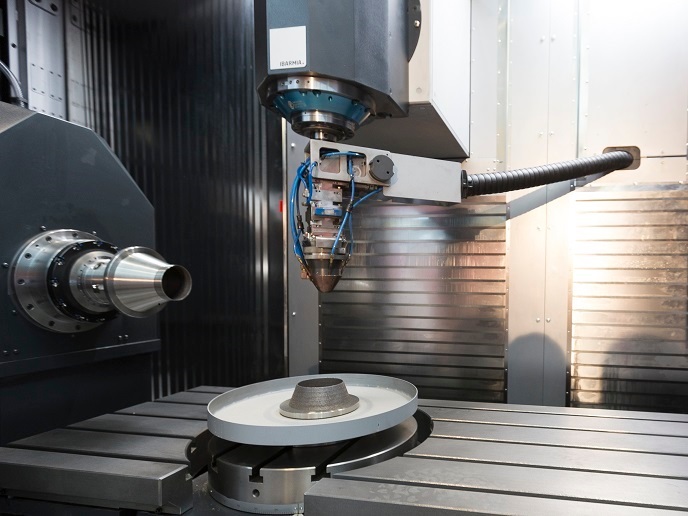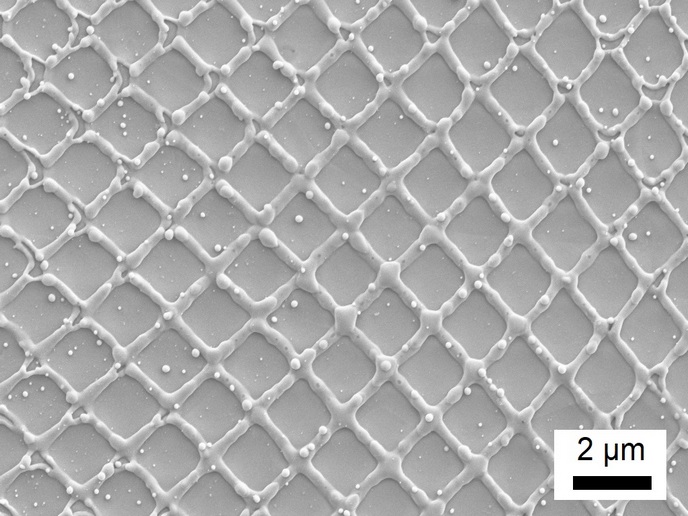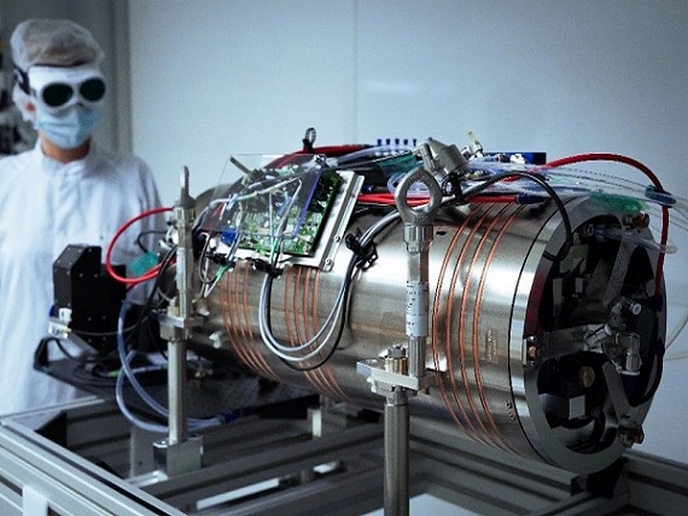Surface treatment of aluminium moulds
In order to meet the market requirements on cost-effective and timely production of plastic parts, industrial research focused on investigating the potential of aluminium alloys in replacing steel in mould-making. Compared to steel moulds, aluminium moulds display a lot of advantages, such as requiring less machining time of the mould fabrication. Additionally, aluminium's thermal conductivity is rather better than steel's resulting in a 30% gain in productivity. Moreover, cooling is more homogeneous, offering an improved quality of plastic injected parts. Due to a lower density, aluminium moulds can handle big moulds more easily than steel. However, mechanical properties of aluminium moulds are still insufficient to meet the high demanding requirements of the plastic injection market or resin transfer moulding. Within this context, the ALUMOPLA project focused on aluminium moulds for the plastic processing industry. Part of the project work was the development of a new optimised coating process for surface hardening of aluminium alloys for protecting the mould against wear during the demoulding process. In general, surface treatment of aluminium moulds allows the preservation of the alloy's mechanical properties. Apart from the surface protection, surface treatment can also provide anti-sticking properties for a better demoulding of the moulded part. Two types of surface treatments for special application on aluminium alloys were developed, a conventional and a PVD/PACVD treatment. Before the PVD/PACVD surface treatment a cleaning technique is necessary in order to avoid surface corrosion and offer good degreasing before the vacuum treatment starts. The PVD/PACVD treatment involves deposition of Cr2N, CrN and DLC with a process temperature below 150°C. The promising results showed that the novel process can find applications on all sorts of aluminium alloy parts, even in more generic applications than moulding.







